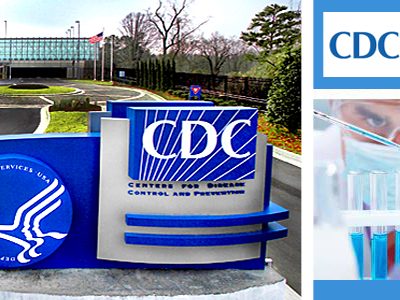FDA Discretion and Animal Antibiotics
FDA has stalled for 30 years in regulating antibiotics in animal feed. A court says that’s O.K.
The FDA seems to be convinced that current use of antibiotics in animal feed is a threat to human health. But the Second Circuit ruled recently in NRDC v. FDA that EPA has no duty to consider banning their use. That may seem ridiculous, but actually it’s a very close case legally. The court’s discussion of Massachusetts v. EPA as an administrative law precedent should be especially interesting to environmental lawyers.
The Second Circuit’s ruling illustrates the tremendous discretion that agencies generally have about how to order their priorities and what tools to use to address problems. That discretion isn’t unlimited, but it’s extremely broad. It’s not necessarily improper — in fact, it’s fairly normal — for an agency or a President to decide to forego or postpone action under a statute. The legality of the decision depends on the statutory requirement in question and the reasons given for the decision.This is why it’s unclear whether FDA had a duty to move forward.
In this case, the statute says that FDA “shall, after due notice and opportunity for hearing to the applicant, issue an order withdrawing approval” of a drug if it “finds” that the drug is “not shown to be safe.” FDA clearly does believe that current antibiotic practice is unsafe, and it apparently has thought so for many years. So the conclusion may seem obvious that it is shirking on its legal duties. Yet on close examination, it becomes less obvious.
There are three decent legal arguments in support of FDA’s position. First, the statute was arguably ambiguous. FDA’s interpretation was that the duty to ban arises only after a hearing has resulted in a finding that the drug is unsafe. If the statute is ambiguous on this score, FDA gets deference from the courts under the Chevron doctrine. Second, the decision to commence a proceeding to withdraw approval might be characterized as an enforcement decision, and those aren’t generally subject to judicial review. Third, FDA did have reasons for its policy that might satisfy the relatively lax “arbitrary and capricious” text. It argued that proceedings would be very lengthy and expensive, and that it would be more effective to promote voluntary industry efforts to reduce antibiotic use. (Lisa Heinzerling critiques this approach here.) In dissent, Judge Katzmann makes some strong arguments against FDA, but it’s by no means an easy case.
Judge Katzmann’s interpretation of the statute seems stronger to me — but the agency interpretation might still be reasonable enough to justify judicial deference. His best arguments are the phrasing of the statue (which puts the initial finding before the hearing) and the fact that FDA could not legally approve these drug uses if it were asked to do so today. As to whether this is a non-reviewable enforcement decision, I agree with Katzmann that it isn’t. But he finds that to be a close question, and its closeness suggests that the scope of FDA’s discretion may be broad.
The Second Circuit’s debate over the relevance of Massachusetts v. EPA is particularly interesting. The arguments FDA made for avoiding formal action were strikingly like the arguments the Bush EPA made for avoiding regulation of carbon emissions. The Supreme Court rejected EPA’s arguments. It held that EPA could consider only the scientific evidence about whether carbon emissions endanger human health and welfare. By analogy, Judge Katzmann argues that the FDA must base its decision solely on whether a danger to health exists. The Second Circuit majority found the cases distinguishable. The reason, the court said, was that the Clean Air Act imposed an absolute duty on the agency, whereas this statute didn’t. (That distinction parallels the test that courts use to decide whether an injunction is mandatory or discretionary when an agency violates a statute.) Under the court’s reading of the statute, the agency has broad discretion about whether to initiate proceedings, allowing it to consider any factor relevant to the goals of the statute. Of course, that’s only if you accept the FDA’s view of the statute, as the majority did. And even if you don’t, as noted earlier, FDA may have broad discretion about whether to proceed given the quasi-enforcement nature of the proceedings.
OK, so much for the legal technicalities. FDA might be within its rights to withhold legal proceedings against these drug uses. But it’s still scandalous that the power of the Ag lobby has allowed it to keep endangering the public health for decades, with no clear end in sight.







Reader Comments